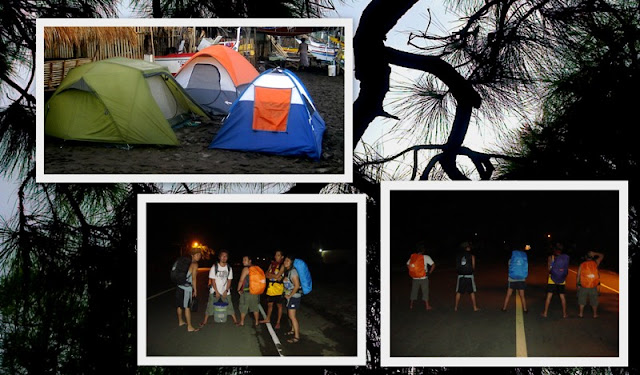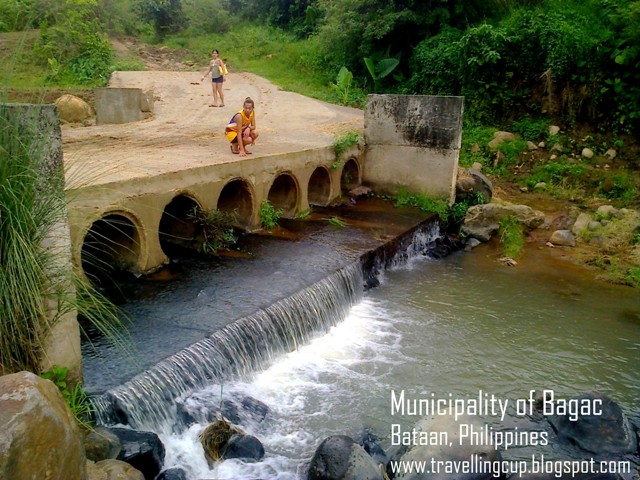Bagac Bataan and it's History
May 18, 2012 was my fist step in the province of Bataan. I was in high school when I heard this province, included in Philippine History during the Japanese colony. Bataan is one of the provinces which played a huge part in country's heritage; from the famous Mt Samat, Death March and the old churches can be found in here.
Bagac, Bataan - is located on the western side of Bataan which is 151 kilometers from Manila (Philippine's Capital) and 27.82 kilometers from the provincial capital - Balanga. This Municipality is composed of 23,120 hectares or 16.84% of total Bataan land area. It covers 14 batarangays: Bagumbayan, Banawang, Binuangan, Binukawan, Ibaba, Ibis, Pag-asa, Parang, Paysawan, Quinawan, San Antonio, Saysain, Tabing-Ilog, Atilano Ricardo. It is also the biggest town in terms of land area in Bataan.
HISTORY
According to my research, during the arrival of the Spaniards in the Philippines, some of them (together with the Aeta's) were traveling along the seacoasts without any fixed direction when they pass between two sharp points extended to the sea. The Spaniards asked the Aeta's if what the name of that place, Aeta just answered, we call it "lumbak" which means lying between two hills. When their ship pass accross that place they saw a flock of herons flying above them, and again the spaniards asked the Aeta if what is the name of that white birds, Aeta replied: "Iyon po ay ang ibong tagak" - meaning Tagak is the name of that bird. So, as the time passes by, from "Lumbak" and "Tagak" came with the words "bak" and "gak", and it bacame Bagac.
TODAY
Bagac is an agricultural and aquatic area; while other municipalities and provinces are converting agricultural land into other uses. The Municipality of Bagac is now preserving those land area to be nurtured. The coastal areas are the primary source of seafood and the shore line was converted into resorts bringing thousands of tourists each year, especially summer. Bagac is also rich in rainforests, caves, waterfalls, coral gardens and the World War II Japanese shrines which are the destinations of those nature lovers.
BAGAC TOWER
This 27-meter (89ft) tower was constructed with the help of the Japanese government to symbolize the renewed peace and friendship between two countries. Located about 200 meters from where the Death March started; and was inaugurated on April 8, 1975. It is composed of three pillars interconnected by several multi-layer rings. Located at the crossing of the Gov. Linao National Road and the road to Bagac Town proper.

Here's the Video from the Bagac Falls
How to get here? Here's what we did | We took a bus at Genesis Transit Terminal in Cubao going to Balanga Terminal (more than 3 hours travel). Then, we took a mini bus going to Bagac Tower. At the side of the tower, tricycle is available, just give the address to the dirver and they will bring you there.








